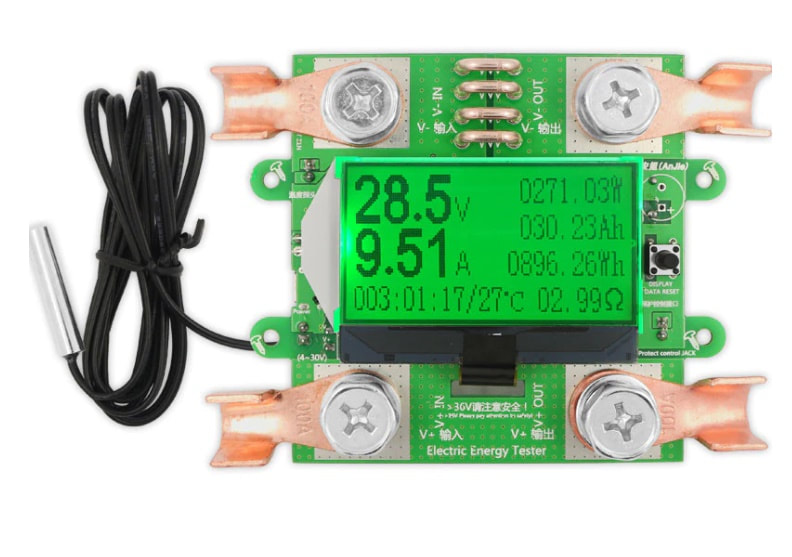hightecrebel
New Member
- Joined
- Dec 26, 2021
- Messages
- 11
ETA: I'm talking form-factor - small, sealed, integrated display/printer - not 'get all the info in a few seconds'.
Before the wall of text, here's the question: Any battery capacity/load testers out there like the auto battery ones that are hand-held with an integrated printer?
Ok, so I'm looking at a chance to get some used cells for a song, but I want to make sure I know what I'm getting as opposed to just tossing them together willy-nilly. I've never gone the used cells route, so I haven't done any real capacity or load testing, and really don't intend to go crazy with it, so I don't see a need to drop a couple hundred on the quality ones, nor do I want to lug a laptop around to get the data, and the area I'll be doing this in is far from laboratory clean, so an open circuit board gives me all the heebie-jeebies. I've used ones for lead acid batteries for years that let me check everything and print it off, are there any like that for lithium batteries or I just need to bite the bullet and get myself a good one?
Before the wall of text, here's the question: Any battery capacity/load testers out there like the auto battery ones that are hand-held with an integrated printer?
Ok, so I'm looking at a chance to get some used cells for a song, but I want to make sure I know what I'm getting as opposed to just tossing them together willy-nilly. I've never gone the used cells route, so I haven't done any real capacity or load testing, and really don't intend to go crazy with it, so I don't see a need to drop a couple hundred on the quality ones, nor do I want to lug a laptop around to get the data, and the area I'll be doing this in is far from laboratory clean, so an open circuit board gives me all the heebie-jeebies. I've used ones for lead acid batteries for years that let me check everything and print it off, are there any like that for lithium batteries or I just need to bite the bullet and get myself a good one?
Last edited:




